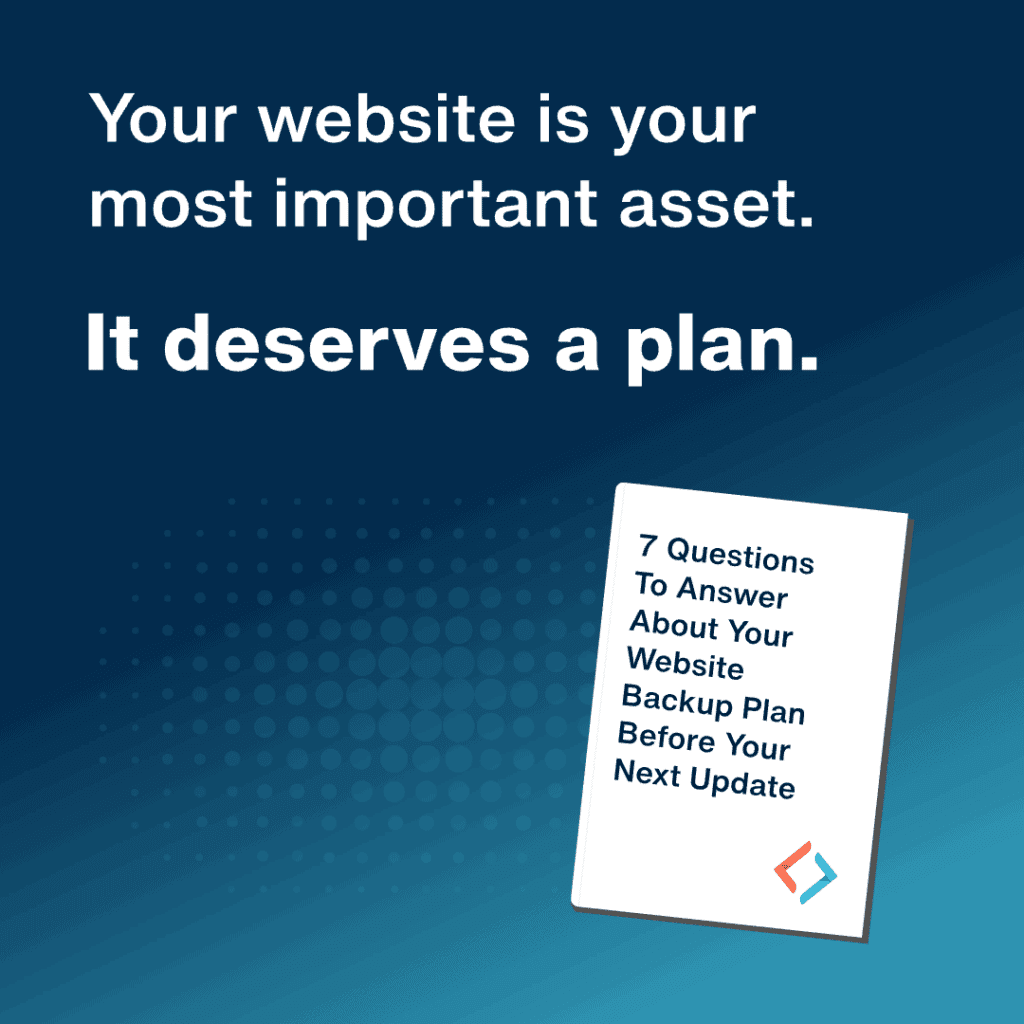Are You Asking Too Much Too Soon?
One of the most common website mistakes we see doesn’t involve design, content, or traffic. It comes down to the call-to-action—and more specifically, the timing of that call-to-action.
If you’ve ever wondered why your visitors aren’t clicking “Book a Call” or “Start Free Trial,” the answer might be simpler than you think: they’re not ready.
The problem isn’t always what you’re offering. Sometimes, it’s when you’re offering it.
The User Journey Matters
When a visitor lands on your website, they’re coming in at a certain stage of awareness. Maybe they just discovered your brand through a blog post. Maybe they’ve been cruising around for a while. Maybe they’re ready to buy.
Each of these users needs a different kind of nudge.
But many websites default to a one-size-fits-all CTA—usually something like “Schedule a Call,” “Sign Up Now,” or “Buy Today.” These are high-commitment actions, and when dropped too early in the experience, they can backfire.
Think of it like a first date. You wouldn’t lead with, “So… want to move in together?” But that’s exactly what a hard-sell CTA does to someone who just met your brand.
Instead, your CTA should meet the visitor where they are, not where you wish they were.
Aligning CTAs with Awareness Stages
Here’s how to think about CTA strategy based on different points in the customer journey:
1. Early Stage: Awareness
This visitor is new. They might have landed on your blog from a Google search or clicked through from a social post. They’re here to explore, not commit.
A hard-sell CTA at this stage can feel aggressive or off-topic. What works better are low-friction, value-driven offers that build trust.
Try:
– “Download the Free Guide”
– “Get the Checklist”
– “See How It Works”
These CTAs give the visitor something useful while moving them into your ecosystem—maybe via email capture, maybe just deeper into your site. Either way, the next step feels natural.
2. Middle Stage: Consideration
This user has been around. They’ve seen your value proposition, maybe browsed a few pages, maybe read a case study. They’re evaluating.
Here’s where your CTA should offer depth. It’s about helping them feel more confident in you, not closing the deal just yet.
Try:
– “Watch the Demo”
– “Read Customer Stories”
– “Compare Plans”
This stage is all about bridging the gap between interest and commitment.
3. Late Stage: Decision
This visitor is warm and ready. Maybe they’ve visited multiple times. Maybe they’ve opened your emails. Maybe they’ve even added something to a cart.
Now’s the time for a direct, action-driven CTA.
Try:
– “Book Your Strategy Call”
– “Start Your Free Trial”
– “Buy Now”
Because this person has already built up enough familiarity and trust, they’re more likely to take the final step.
Why This Matters
When your CTA doesn’t match the user’s mindset, it creates friction. The offer feels out of place, or worse—pushy. That’s when people click away or stall out.
But when your CTA fits the moment, it feels helpful. Natural. Easy.
It’s not about writing the perfect button text. It’s about sequencing the right offer for the right person at the right time.
Strong CTAs convert. But strategic CTAs build trust and convert. The difference lies in knowing who you’re talking to and what they’re ready for.
If your website isn’t getting the clicks you hoped for, you might not be asking the wrong thing—you might just be asking too soon.
Want help mapping your website’s CTAs to the real-world journey your visitors are on? Schedule a strategy session with Pixel Jar and let’s turn timing into traction.
